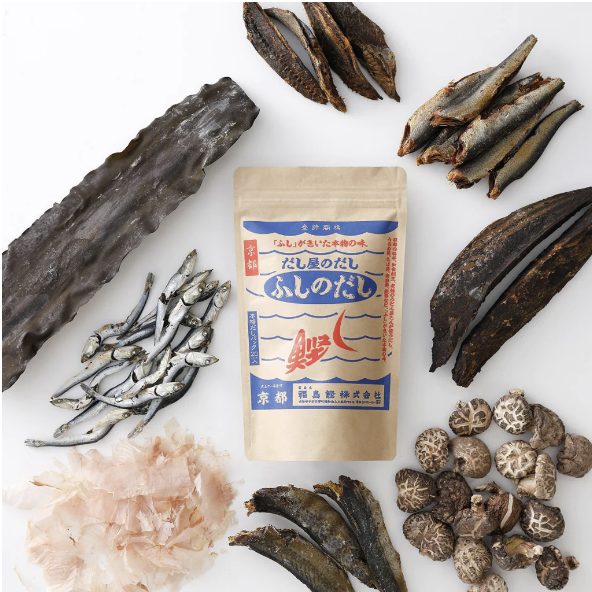Explore Dashi in Iconic Japanese cuisine
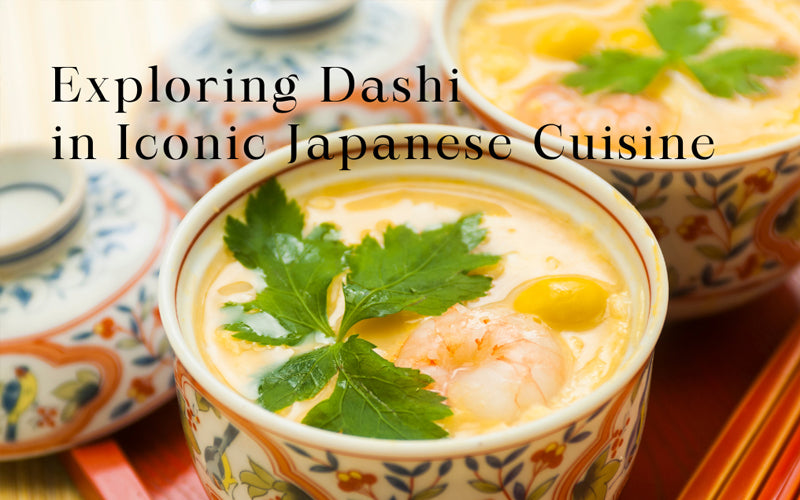
A core ingredient in Japanese cuisine, it is the holy grail of soup stocks in the nation's culinary world.
The number of dishes that utilise dashi in its cooking process is almost endless, which includes many iconic ones where it is an essential element.
Highlighting a few below, it will quickly become apparent at how important dashi is in creating a flavour that is so prominent for Japanese food.
Dashi Stock from Kyoto (10g x 20 bags)
$20.00+
Exploring the Diverse Flavors of Dashi

Before getting into the meals, it is interesting to note that there are multiple types of dashi, but the main 5 are ‘kombu’, ‘katsuo’, ‘niboshi’, ‘shiitake’ and ‘awase’.
Kombu is made from dried kelp and is created by adding it into a pot of water for a few hours to let the umami flavours seep out from the kombu.
Katsuo is dried bonito flakes where you add it into boiling water and let it rest for a few minutes to get the dashi.
Using dried anchovies for niboshi, add it into water for a minimum of 30 minutes but the longer is better.
Once ready, begin heating the water until boiling for a few minutes and it should be complete.
Utilising the famous mushroom, you take the shiitake and put them in cold water to sit in a fridge for a day creating a dashi with its discernible taste.
Awase means mix in Japanese and is essentially a combination of kombu and katsuo to make a versatile seafood dashi.

Conveniently, with the dashi powder stock you can get the same umami flavours for your cooking without having to spend the time and effort required to make it from scratch. It is an easy choice for anyone that would like to incorporate the distinct ingredient for any use at home.
Dashi Stock from Kyoto (10g x 20 bags)
$20.00+
Dashi in Iconic Japanese Dishes

Dashi plays a vital role in enhancing the flavors of various iconic Japanese dishes.
One such dish is Oyakodon, a comforting chicken and egg rice bowl, where dashi, soy sauce, mirin, and sugar are combined to create the main flavoring.
The eggs are carefully incorporated, resulting in a silky texture as they cook alongside the onions and chicken.

Another traditional comfort food is Nikujaga, consisting of meat and potatoes, simmered together with onions, carrots, mushrooms, and noodles.
Dashi is added to infuse the dish with umami goodness, allowing all the ingredients to marinate in the flavorful broth.
These dishes exemplify how dashi truly serves as the holy grail of soup stocks in Japanese cuisine, elevating the taste and essence of countless dishes in the nation's culinary world.
Delicious Creations Enhanced by Dashi
Chawanmushi
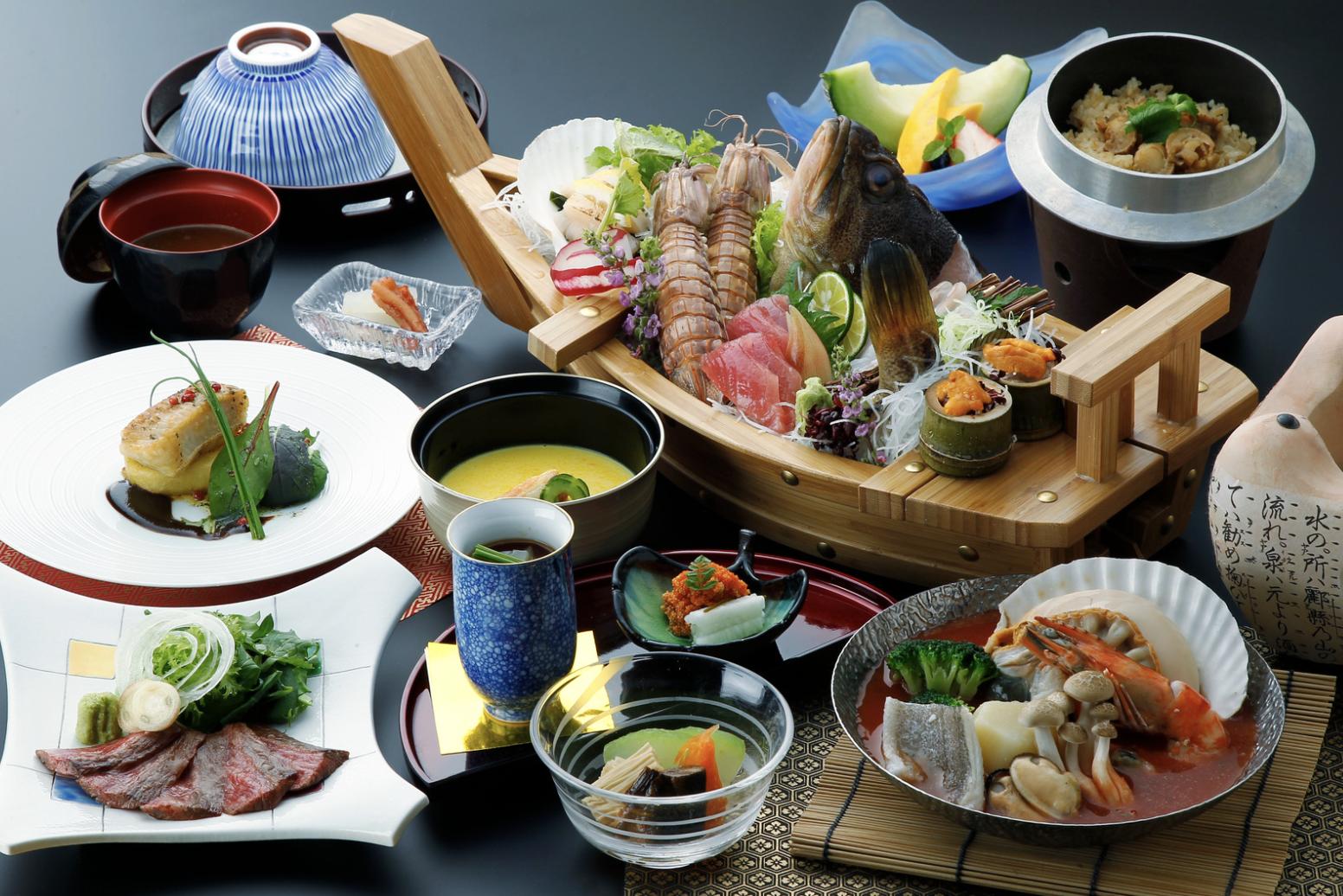
A dish that is believed to have been originated in the Kansai region, you can often find this as part of the traditional multi-course kaiseki ryori Kyoto is quite well known for.
A steamed egg pudding of sorts that is mainly savoury but slightly sweet in flavour, extra toppings are included inside the dish as well.

The mixture itself being the most important aspect, it is made with a mixture of eggs, soy sauce, mirin, and of course dashi.
The key detail here is to strain the eggs in order to achieve the silky-smooth consistency that is vital.
Separate the mixture into small teacup-like bowls and place it into a pot with water over low heat to let it slowly cook.
After a few minutes and the blend has started to slightly harden, add in extra toppings like mushrooms, carrots, naruto and chicken, before letting it cook for a bit longer where it will eventually be done.
Grilled Pork Ribs

A Japanese version of grilled pork ribs, barbeque is something that is usually more associated with the West.
In enters ‘robatayaki’, a traditional form of cooking that utilises hot charcoals to grill food over time.
With this, it can be imagined at how these particular style of grilled pork ribs would have been made.
It is quite unlikely that most people will have the firepit for robatayaki called a ‘irori’ in their home, but fortunately, this can easily be made with a regular barbeque instead.
It begins with the base sauce that will be used to marinate the meat over the cooking period.
Add dashi, kombu, mirin and sugar to a saucepan and let it heat before adding the ribs.
Let it cook for around 40 minutes and set it to cool on the side. While it soaks in the sauce, prepare and preheat the barbeque.
Take out the ribs from the sauce and gently dry it with kitchen paper, but make sure to not overdo it as you want to keep the rich sauce coated on the meat as much as possible.
Add some oil to the pork and place it onto the barbeque to start grilling. After a while once it is cooked and glazed well, slice it into portions and plate it. Using the rest of the sauce from earlier as an extra on the side it is now finally time to eat.
Dashi Stock from Kyoto (10g x 20 bags)
$20.00+


![[Restock] Negitoro and Award-winning Soy Sauce](http://jx.today/cdn/shop/articles/negitoro-mb_340x228_crop_center.jpg?v=1696387775)
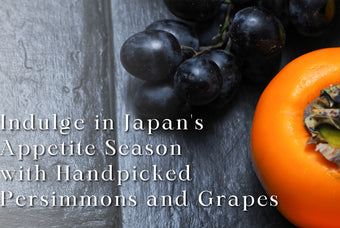
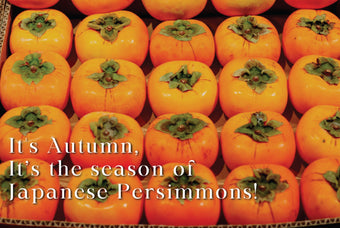
![[New] Oyaki - Mountain Veggie Dough Delights from Nagano Prefecture](http://jx.today/cdn/shop/articles/oyaki-text_340x228_crop_center.jpg?v=1695757170)
